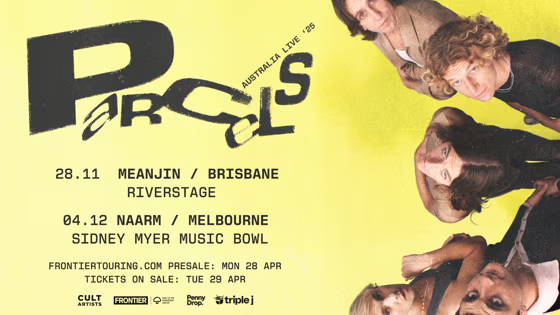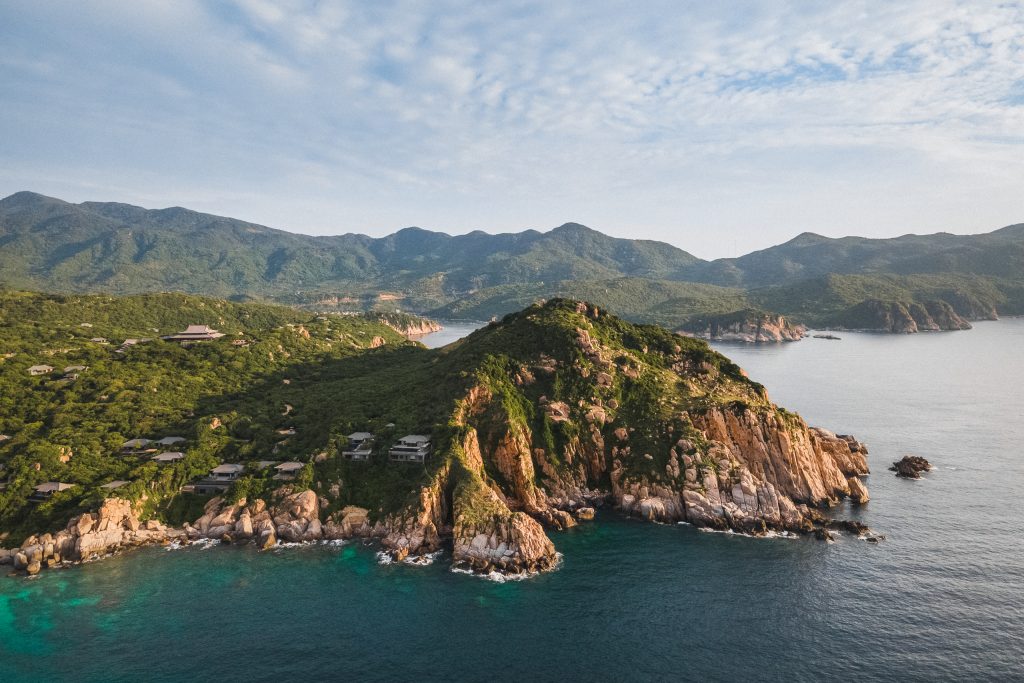
‘I need to get the recipes for these,’ I say to my wife.
A couple of minutes later a waiter comes to our table with an envelope. Inside it, magically, is the recipe for the buns. Except of course it’s not magic. It’s just Amanoi being Amanoi: a place so in tune with its customers’ wants, no matter how unserious, that its staff can still divine them even when they’re out of earshot. Perhaps going back for a fourth bun was the giveaway.
Amanoi is part of the luxury Aman group of hotels, famed for developing exceptionally high-end temples of style in remote pockets of natural beauty. I say temple because there’s something quite deliberately shrine-like and palatial about Amanoi’s aesthetic, conceived by Aman’s go-to architect Jean-Michel Gathy. The sensitively spread-out design can accommodate up to 150 guests in its 9 pavilion rooms, 22 pool villas, 11 residences (ranging from one to five bedrooms) and, in an apparent world first, two dedicated wellness villas which come with their own spa, plunge pool, steam room and a personal on-call spa therapist, so guests can order-in a foot massage as easily as ordering a burger.
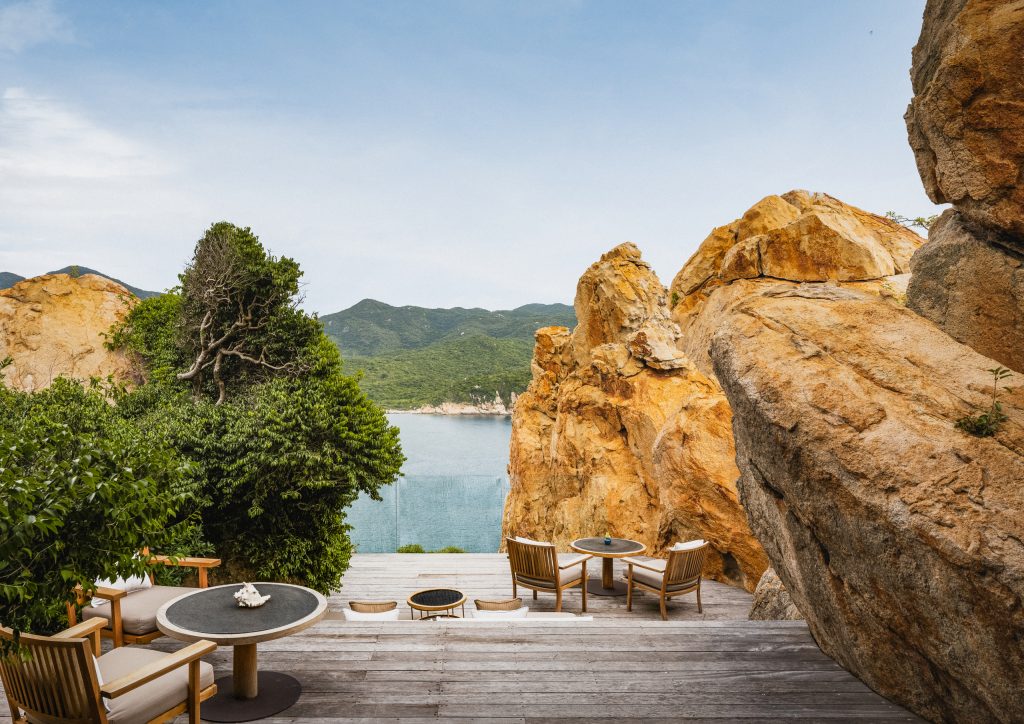
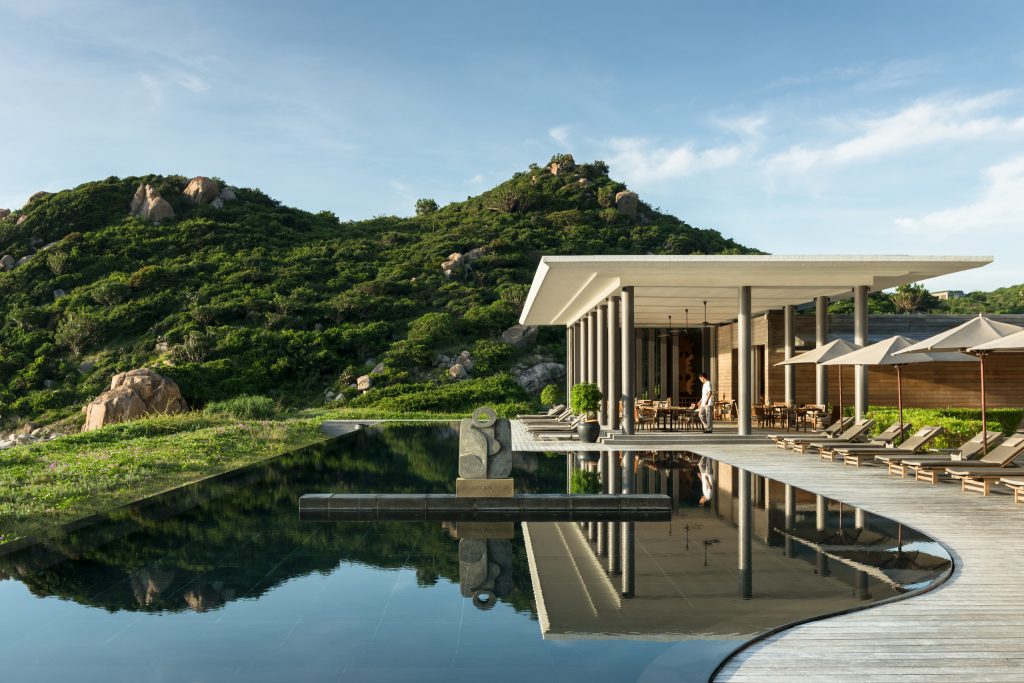
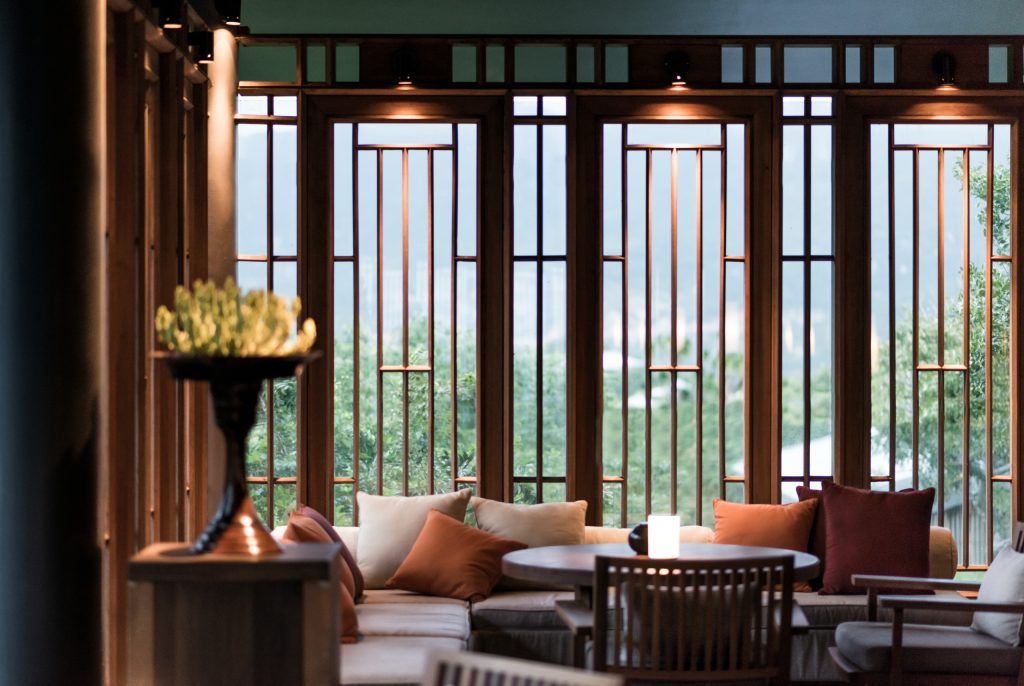
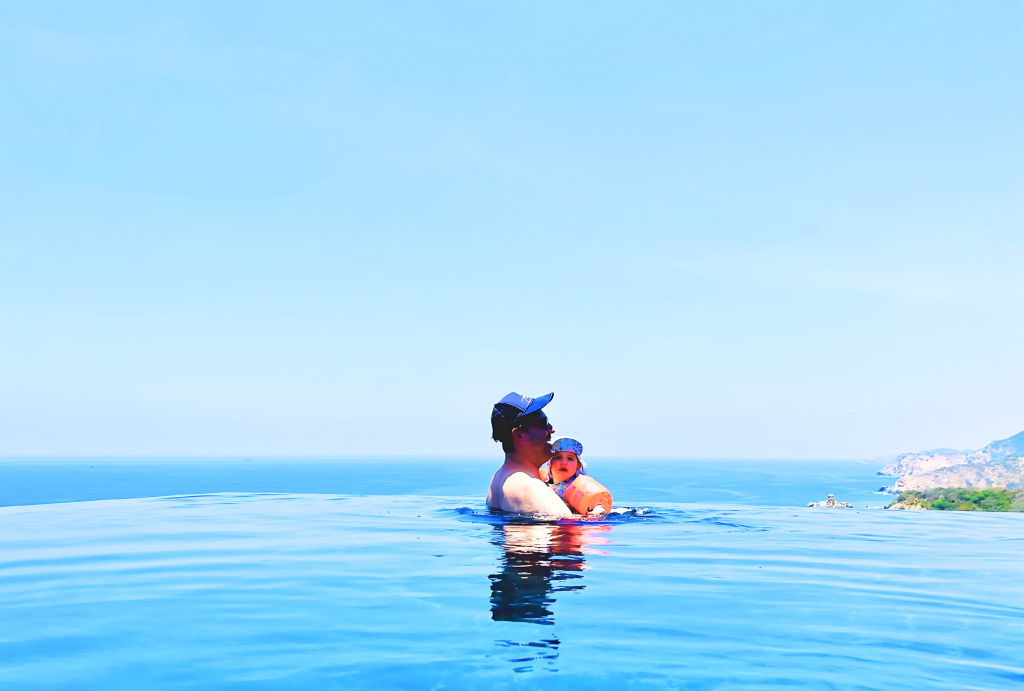
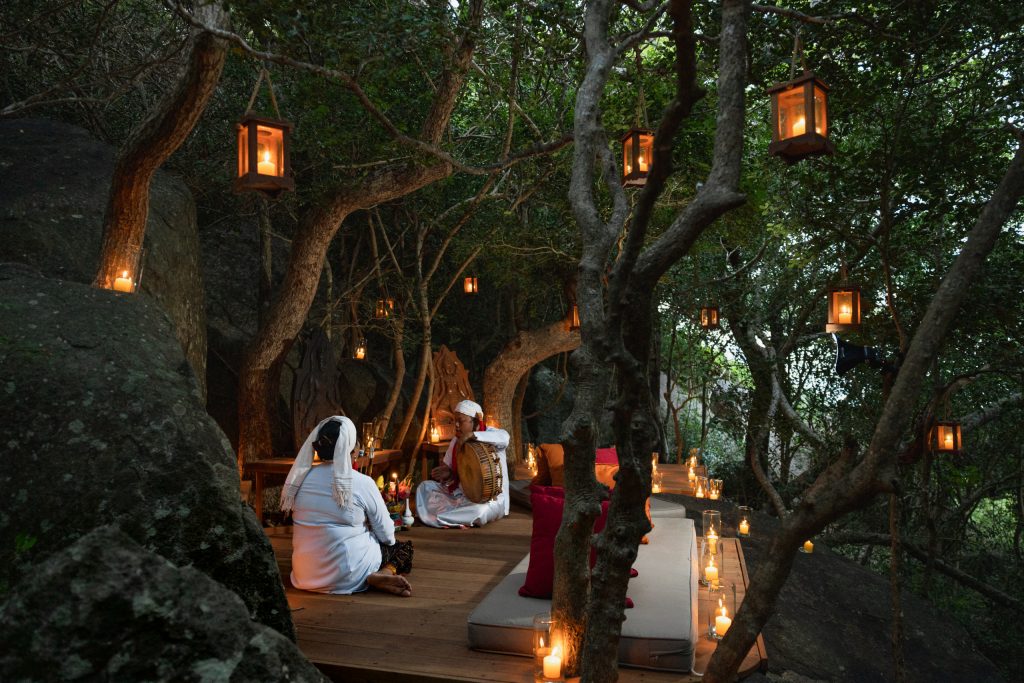
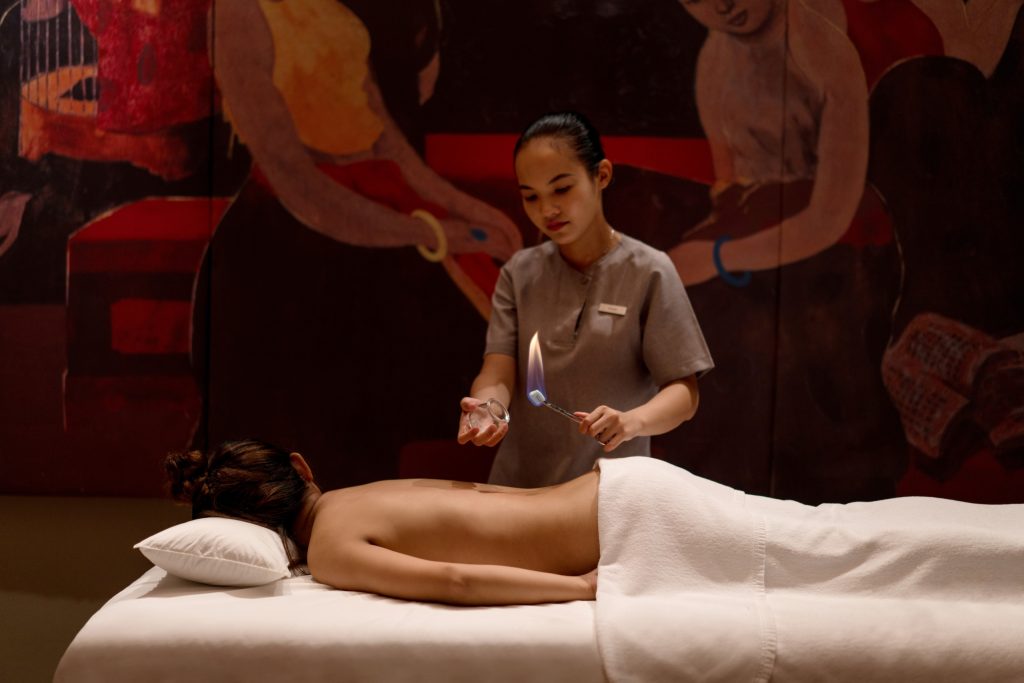
We’ve opted for an Ocean Pavilion. It’s supposedly the entry-level room category, but its floor space is so large you could host an equestrian event in it. A generous balcony has views out to the striking coastline of the Nui Chua National Park, whose dazzling blue bays and rocky clifftops recall the kind of scenery you’d more likely expect to find in the Greek islands than in Vietnam.
Within the national park lies the geologically playful Rock Park (the name needs work), an elevated stretch of coast studded with all manner of imaginatively shaped boulders and outcrops. We head there for a pre-breakfast hike with our infant daughter, who our Amanoi guide keeps meticulously shaded while we take snaps of the eccentric rocky wonderland. He’s even brought along toys to keep her entertained; toys she can keep, that is, not just briefly play with.
Vietnam, generally, is a remarkably child-loving place. What we initially assumed to be above-and-beyond attention from the Amanoi staff later transpires to be a country-wide enchantment with anyone still in nappies. The idea of “adults only” spaces doesn’t appear to exist, as everywhere from roadside beer bars to high-end resorts will not only welcome children, but will also very likely have staff who want to take them off your hands (providing that’s what you want). It’s a far cry from places like the U.K., where toddlers are typically seen as a nuisance. In Vietnam, a child’s only adversary is the heat.
Thankfully Amanoi has an answer to the scorching April sun: pools. And not just any pools. Guests can try cooling off at The Beach Club, an invitingly chic al fresco bar and restaurant whose timber decking stretches seamlessly into an expansive azure pool. Or, for those who prefer their dips to be dramatic, there’s the dizzying infinity pool that improbably sits on a vertiginous clifftop, where a lap swimmer might feasibly topple over the edge if they weren’t paying proper attention. Since most Amanoi guests have a pool in their villa, we often have these two glorious pools all to ourselves.
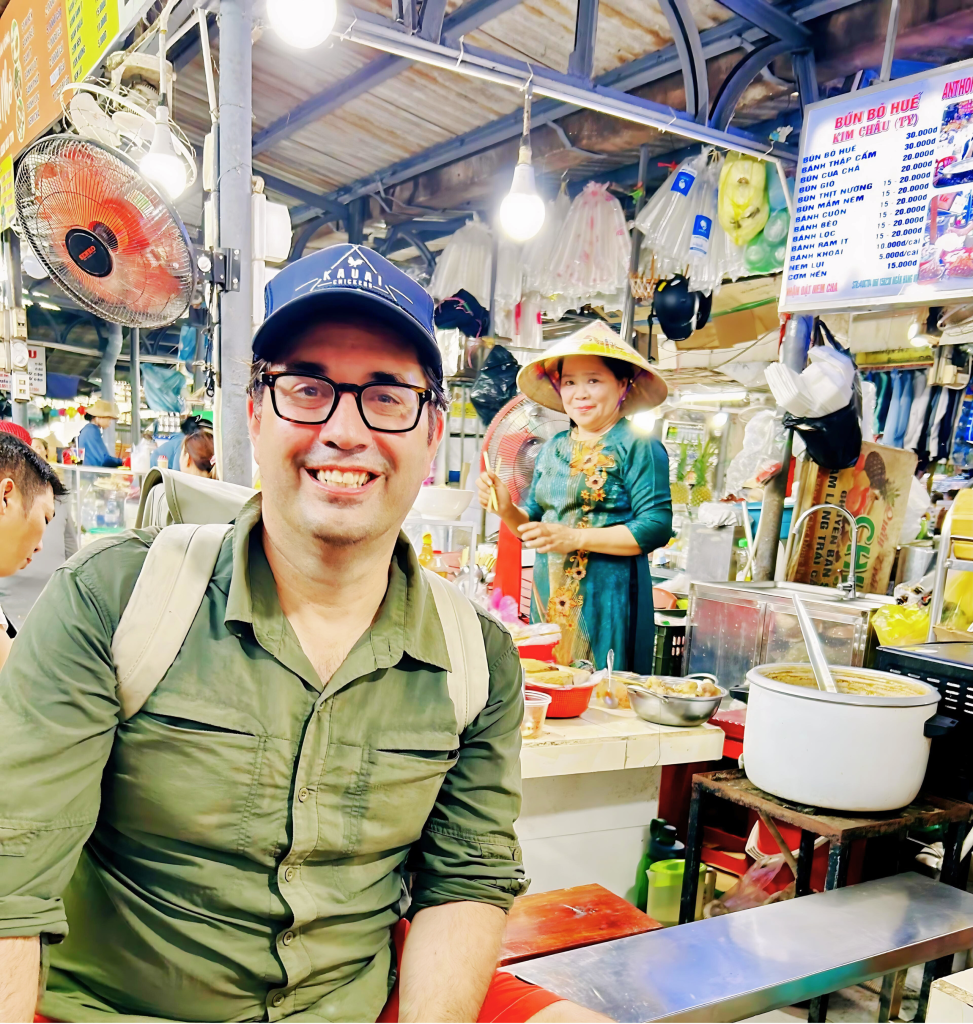
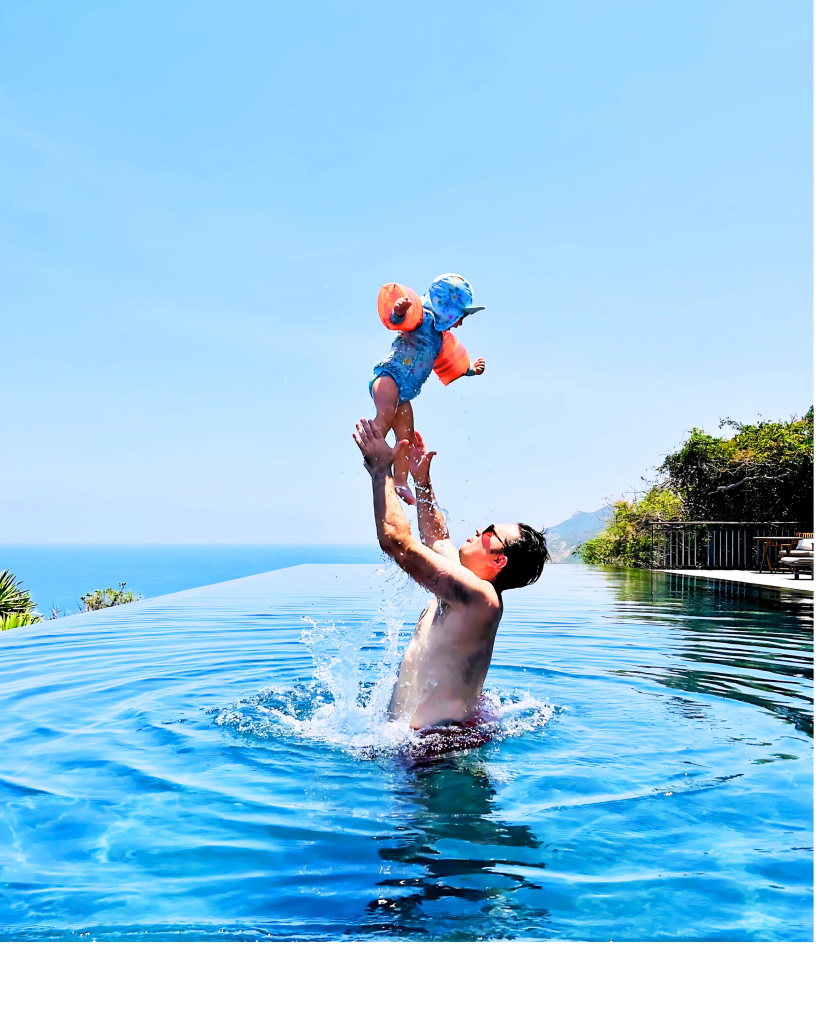
We decide on our final night to have dinner at one of the roadside seafood shacks that line the main promenade in the nearby fishing village of Vinh Hy, about a 10-minute drive from Amanoi. Rows of hungry locals and tourists sit along the breakwater wall on miniature plastic chairs, feasting on scallops, clams, snails and whatever else looks good in the seafood tanks that crudely line the pavement housing that day’s catch. It’s a no cutlery affair. Mollusc shells, once emptied of their meat, are hurled by diners onto the ground, shattering into pieces like Greek plates at a wedding. It’s a scene.
We get a seafood meal and a bucket of beers for $12; something that at Amanoi could have easily set us back $300. But, of course, nobody comes to Amanoi to grumble about the prices. Yes, the resort is eye-wateringly expensive, which can sometimes be hard to reconcile in a country that’s otherwise famously cheap. But only the most churlish traveller could fail to see that the levels of service, of care, of comfort – of sheer bloody luxury – are completely unmatched anywhere else in Vietnam. The whole point of the place isn’t to be representative, but to be defiantly transcendent. The entire Aman ethos is to redefine the heights that customer service can reach.
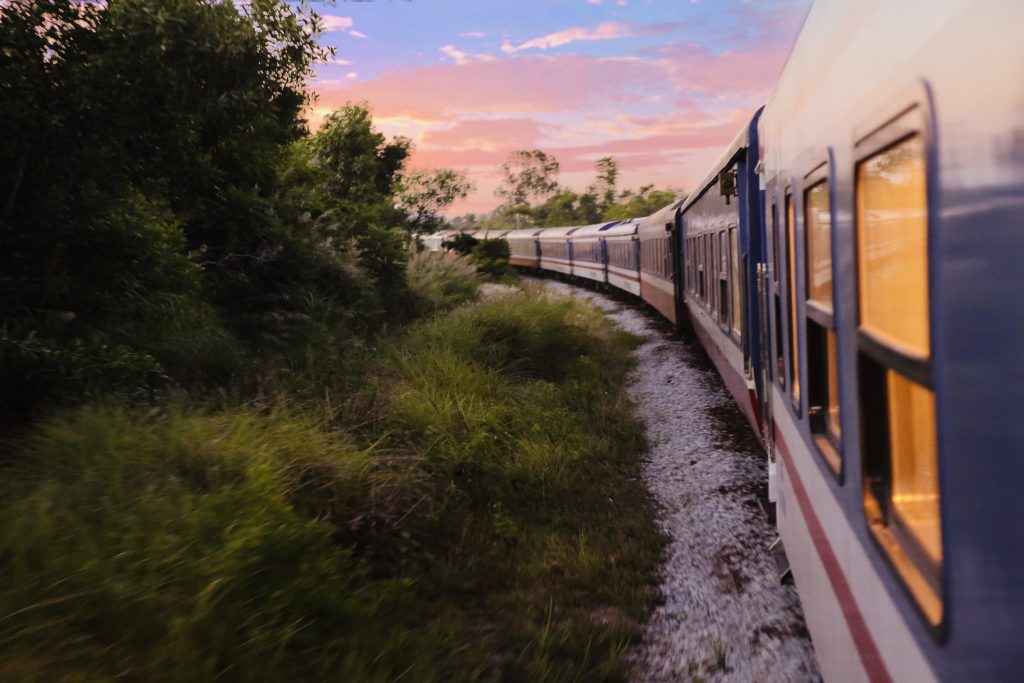
I’m riding The Vietage with my wife from Da Nang to Quy Nhon, a 6-hour trip south through the picturesque farmlands of central Vietnam. The trip can be taken in either direction, and a new service running between Quy Nhon and the coastal resort town of Nha Trang has just been added.
‘Sorry to interrupt,’ says one of the unfailingly polite Vietage attendants, popping his head into our cabin shortly after we pull out of Da Nang station. ‘But when would sir like his massage?’
This isn’t a question I ever expected to hear on a train. In fact, I can say with some confidence that in all my years commuting on the Strathfield line in Sydney, nobody has once ever asked me when I would like my massage (Just one of the many failings of NSW public transport). On The Vietage, every guest receives a 15-minute massage in the train’s dedicated wellness room. Something about the gentle rocking of the railway carriage and the skilled hands of the masseuse means, even as I try to fight it, I’m asleep within minutes. I’m snoring face-down, producing a roar to rival the locomotive’s engine beneath. Rather than be insulted, my masseuse, shaking me awake at the end, has the diplomatic tact to tell me it’s a compliment. Proof, she insists, of her gift for relaxation. It’s possible the two gin and tonics I consumed just before might have also played a part.
Did I mention the gin? It’s a big feature of The Vietage experience, with a dedicated menu highlighting a range of Vietnam’s finest local gins, including Song Cai, Saigon Baigur and Lady Trieu. They pair as well with tonic as they do with the rice field scenery, which unfurls outside my window with the pleasing rhythm of rolling paintings on a zoetrope.
After six hours, a 3-course lunch, and petit fours in the shape of a train, my wife and I agree we don’t want the journey to end.
‘I hate to say it, but I think we’ve become those people,’ I say.
‘What people?’
‘Train people.’
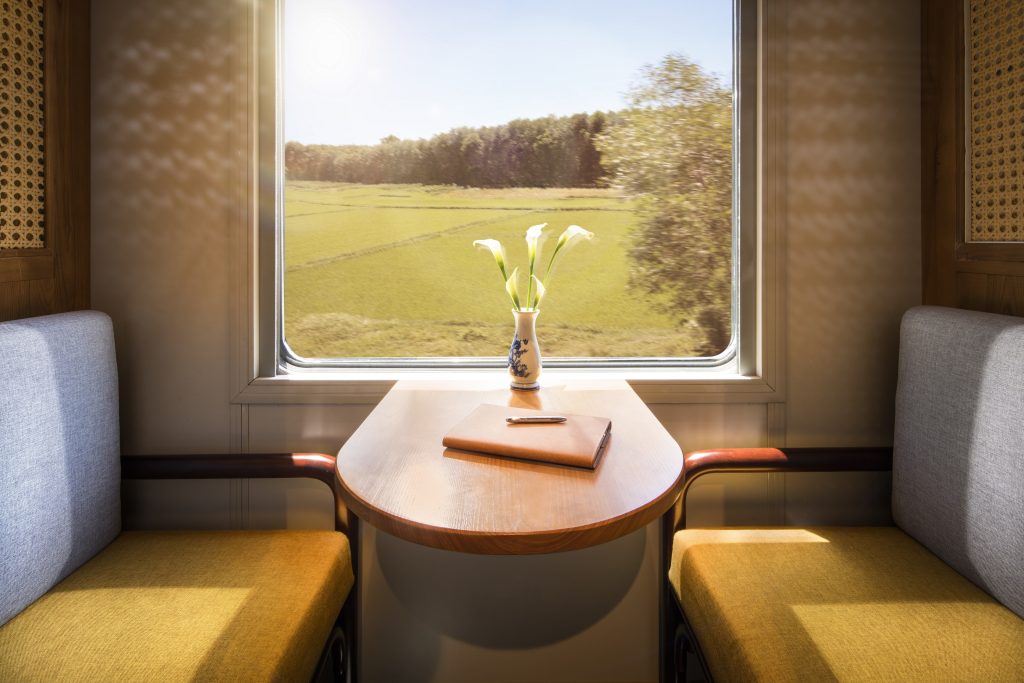
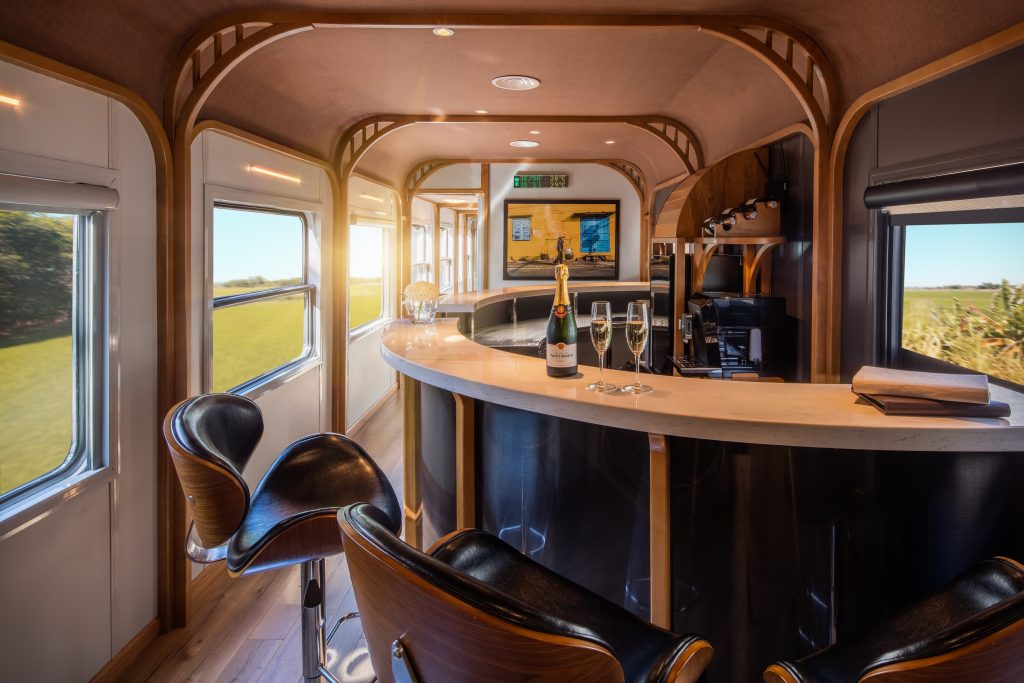
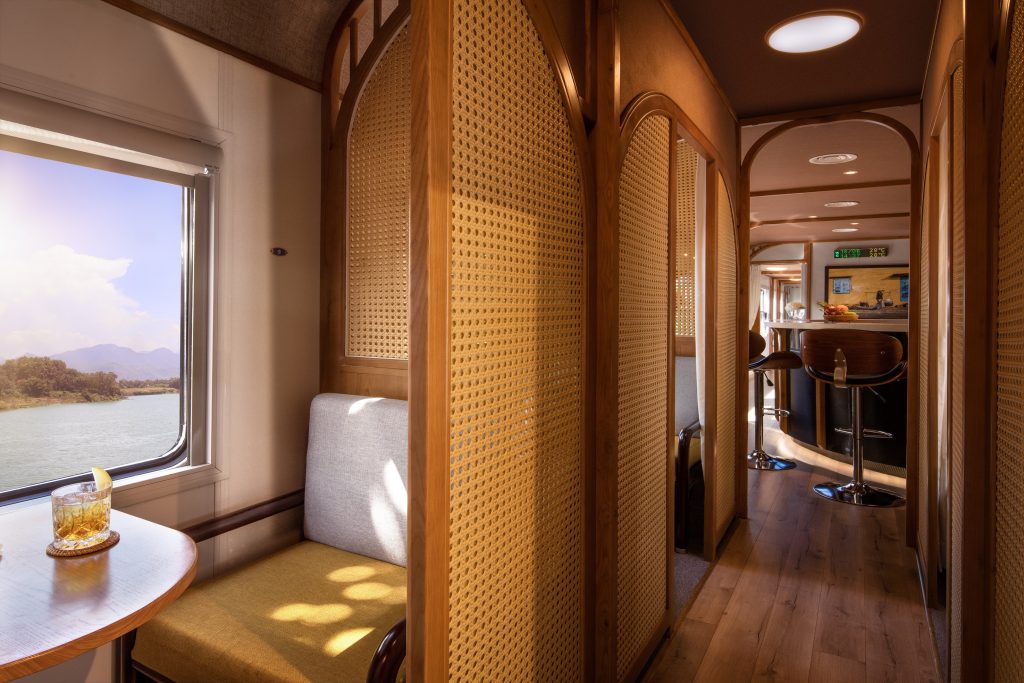
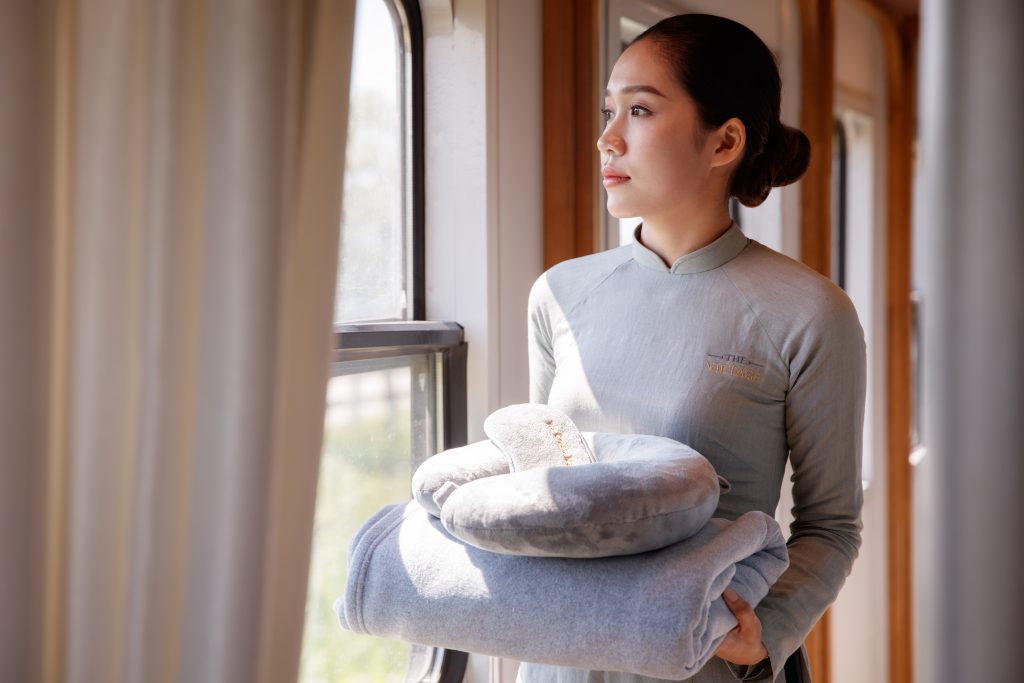
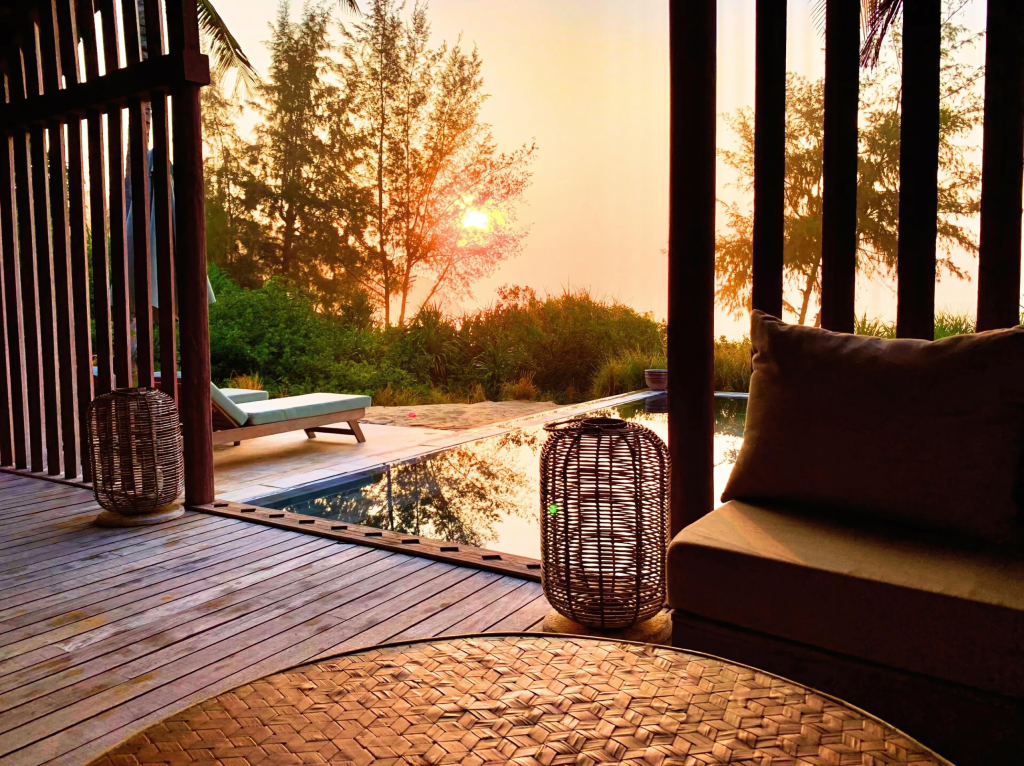
That Phu Yen still manages to fly under the radar is especially miraculous given how stunning its coastline and beaches are, and the hotel is on the region’s most exquisite beach of all. The place feels intimate, and the designers deserve every plaudit available for the environmentally impeccable sleight of hand they’ve used to conceal each villa within the landscape, barely visible to its nearest neighbour.
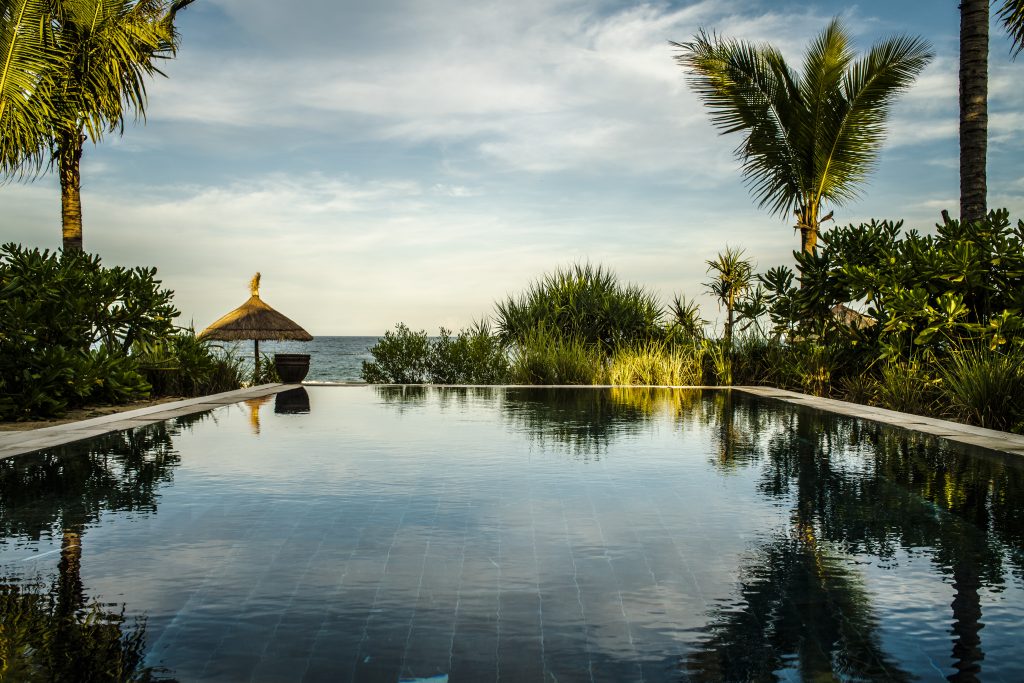
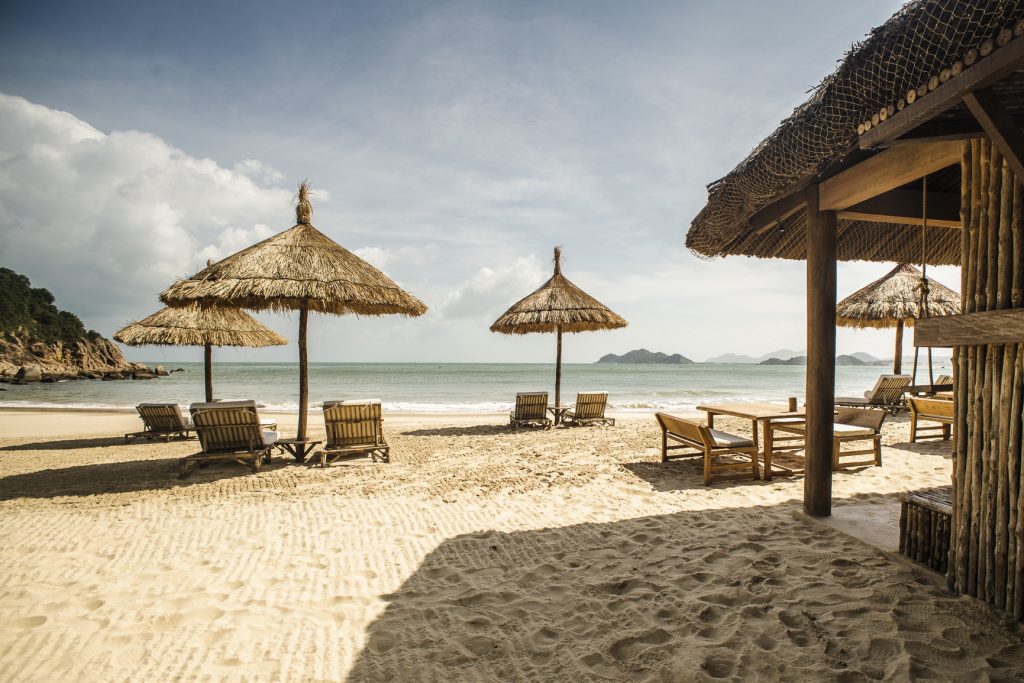
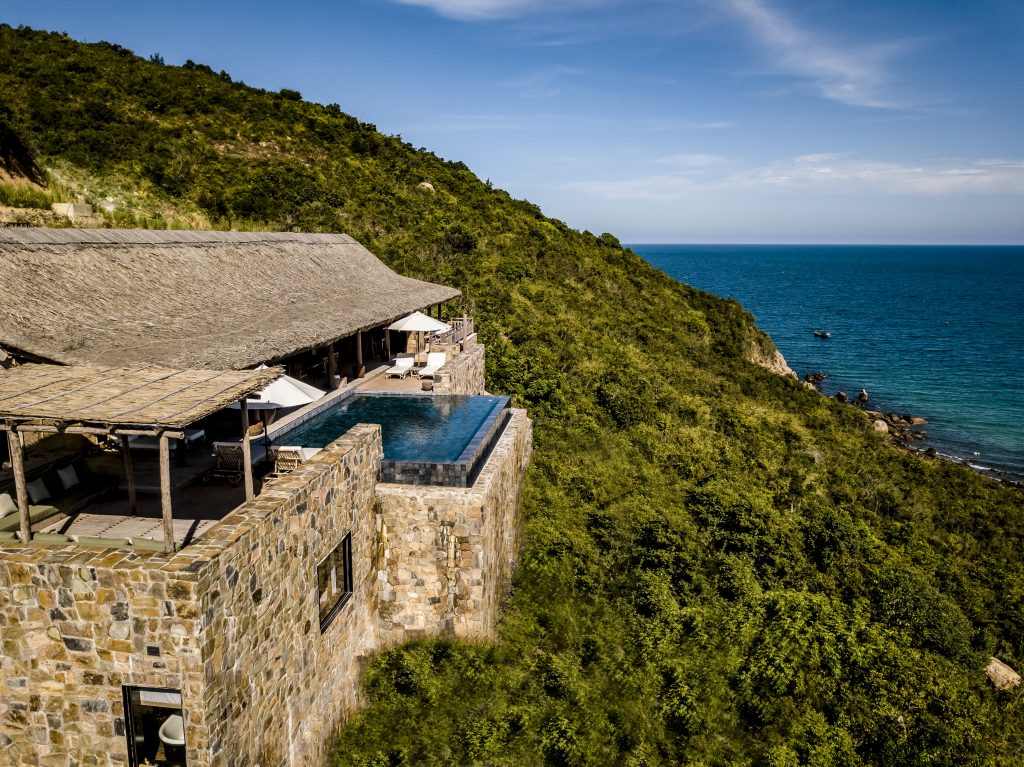
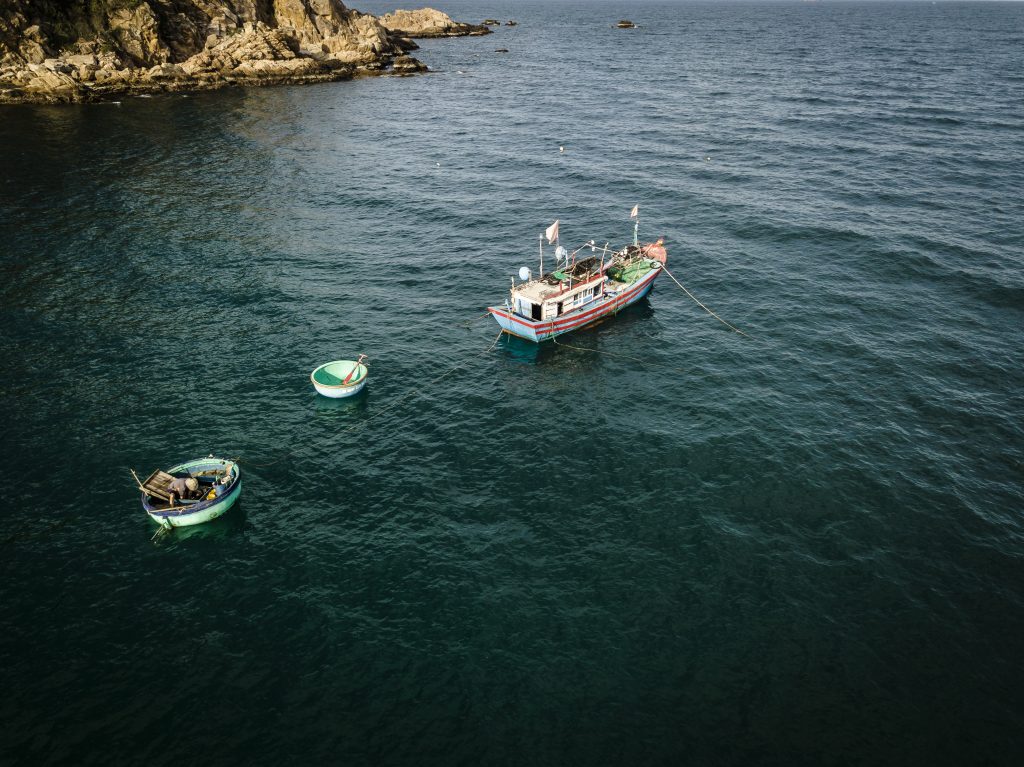

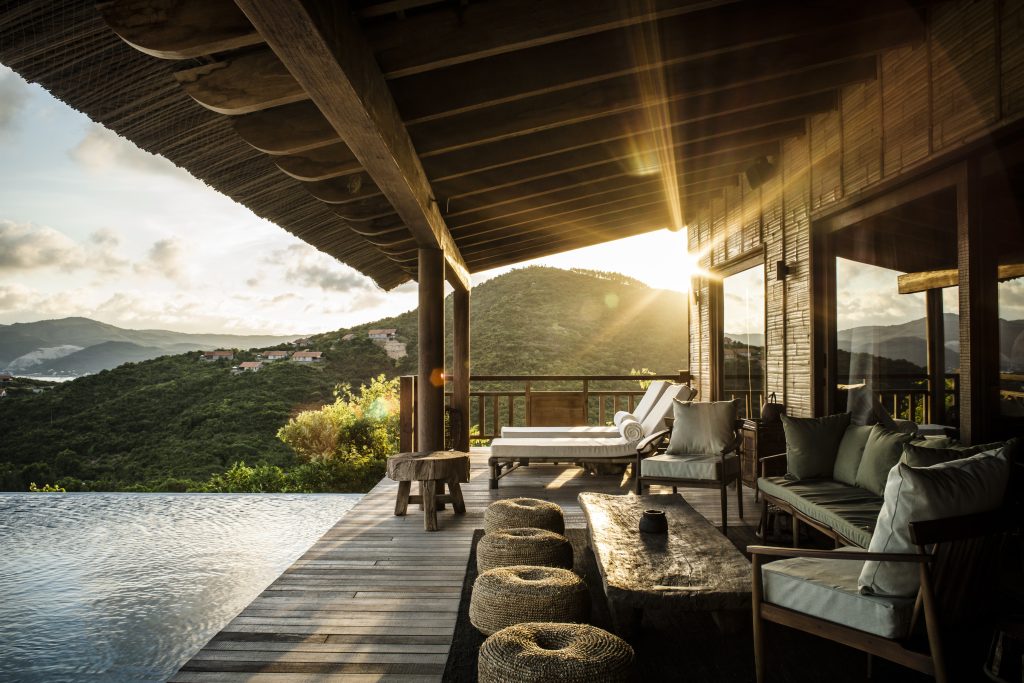
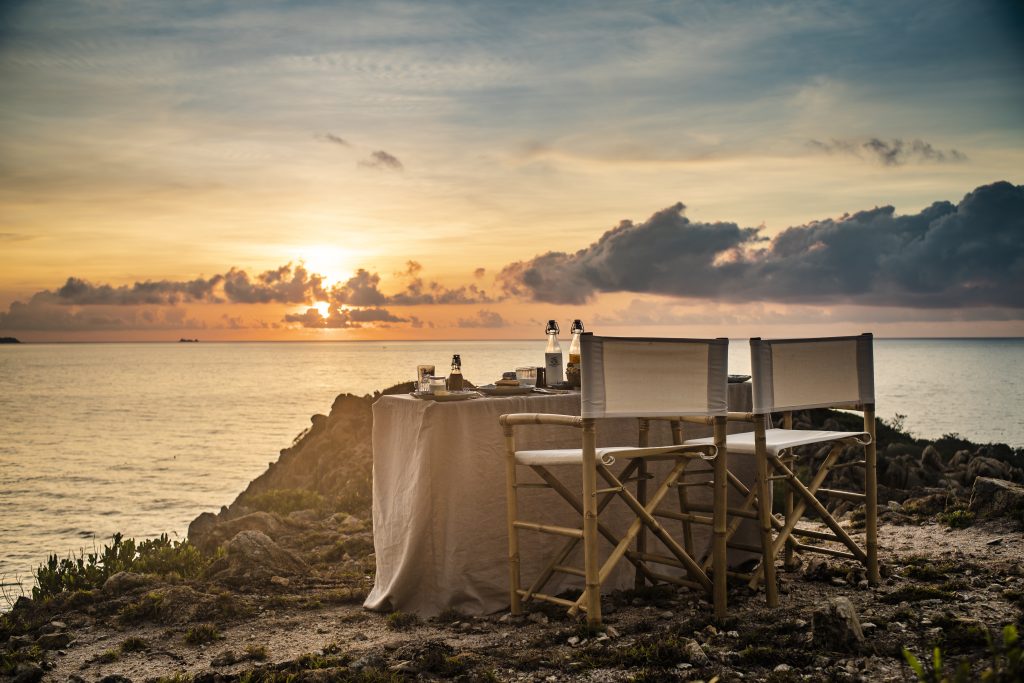
We’ve booked one of the few villas located right on the beach itself. We have our own private pool, removing the arduous inconvenience of a 15-metre stroll to the ocean. I’ve never thought of myself as a particularly beachy person, nor for that matter as a pool person, but I soon surprise myself by spending whole days moving happily between the two.
‘Do you think it would be excessive to have a 5th swim before lunch?’ I ask my wife. Normally we’d have to go to Scotland to get this wet on a holiday.
We have a late lunch of fried pork spring rolls and a prawn, pomelo and avocado salad at Lang Chai, the resort’s beach hut restaurant located metres from the waves, built on wooden stilts in the traditional “fisherman’s village” style. It’s gorgeous, simultaneously rustic and chic, consistent with the unimpeachably good taste that runs through the entire resort. Our waiter is called Bach, a cheerily bookish young man with indecently good English. The restaurant isn’t busy, so Bach is able to talk to us at some length, offering a string of mini-lectures on Vietnamese culture, with a keynote riff (at my urging) on which region of the country does the best fried spring rolls.
‘That’s easy – the North,’ says Bach, without missing a beat. ‘But I was born in Hanoi, so I have to say that.’
Discussions about food occur easily in Vietnam, because food is everywhere you look, and all of it is worth talking about. This is doubly true at Zannier Bãi San Hô, where breakfast alone can be a 4-hour event: one hour to consume it, and another 3 hours to gush about it. The buffet offerings are so copious that they could feed a small country for a year. Pork ribs sit alongside donuts; egg noodles and roast lemongrass chicken share a table with freshly-baked crepes; there’s even a DIY banh mi station where you can customise your own version of Vietnam’s famous bread roll. In another corner, crouched on a low stool, a woman is pouring batter onto a hot cast-iron griddle to make fresh banh beo, a small rice and tapioca cake topped with prawn, scallions and pork floss. This is Coachella for foodies: a literal smorgasbord of hot, cold, sweet, savoury, healthy, sinful, magnificent foods all in one place.
Over tea and coffee, Bach expounds upon the history of Vietnamese coffee. When I compliment him on his erudition, he looks almost apologetic, bashfully telling us that he’s an “old soul” trapped in a young man’s body. We start to pick his brain about the best coastal walks in the area, but he’s called away to help pull a new trailer-load of waffles into the breakfast room.
Back in our villa, it’s getting hot, so a dip in the pool calls, but our bathers are still wet from previous multiple swims.
‘Who said we need bathers?’ asks my wife, beginning to disrobe.
‘But… but we’re not those kind of people,’ I protest.
‘We weren’t train people before yesterday. Maybe we’ll become skinny-dipping people,’ she says, leaping freely into the pool.
I self-consciously follow suit, allowing myself a rare moment of holiday abandon, when all of a sudden I notice Bach standing at the side of the pool.
‘Um,’ he blushes, ‘I just came to tell you about some good walks in the area.’
My wife and I frantically manoeuvre to conceal what we can.
‘We were interrupted at breakfast,’ he says. ‘So I just thought…’
‘We’re not those people,’ I assure him.
‘Sorry?’
‘Nude people. We don’t normally…’
‘Yes, yes, I understand. I’m sorry, I shouldn’t have…’
‘It’s fine. Really.’
At this point, nobody knows where to look.
‘Maybe I’ll just leave the list of recommendations in your room.’
And with that he quietly slips off, doubtless as mortified as we ourselves are. I pull myself out of the pool, silently dry off, and make my way into the villa. Inside I notice that, beside the list of walks, Bach has also left two small keepsake gifts with a note attached: “Thank you for allowing me to teach you about Vietnam.”
It’s a gesture that’s movingly consistent with everything Zannier’s foray into Vietnam aspires to be: thoughtful, humble, sensitive and beautiful. One of Vietnam’s least visited pockets may also just happen to be one of its best.
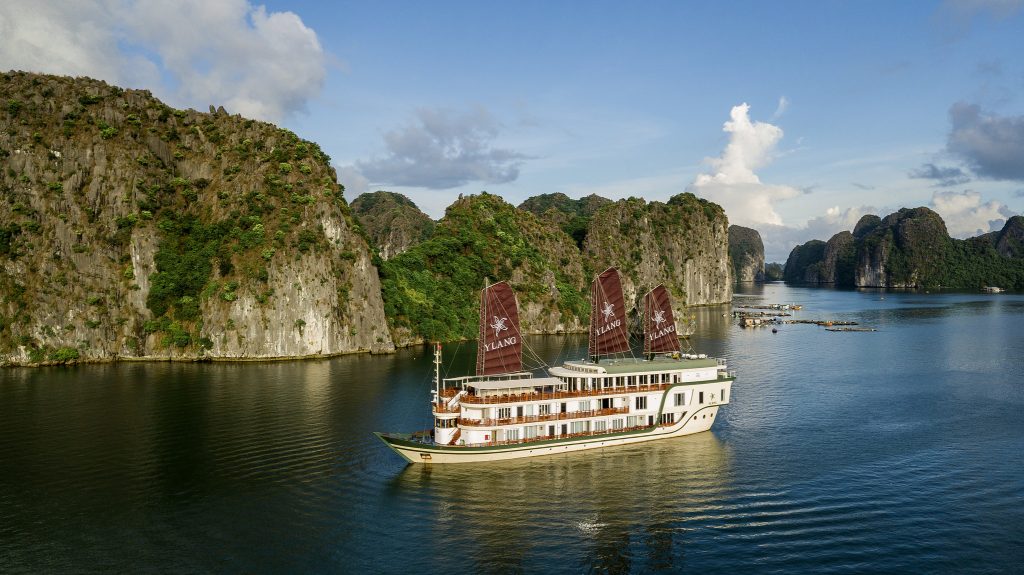
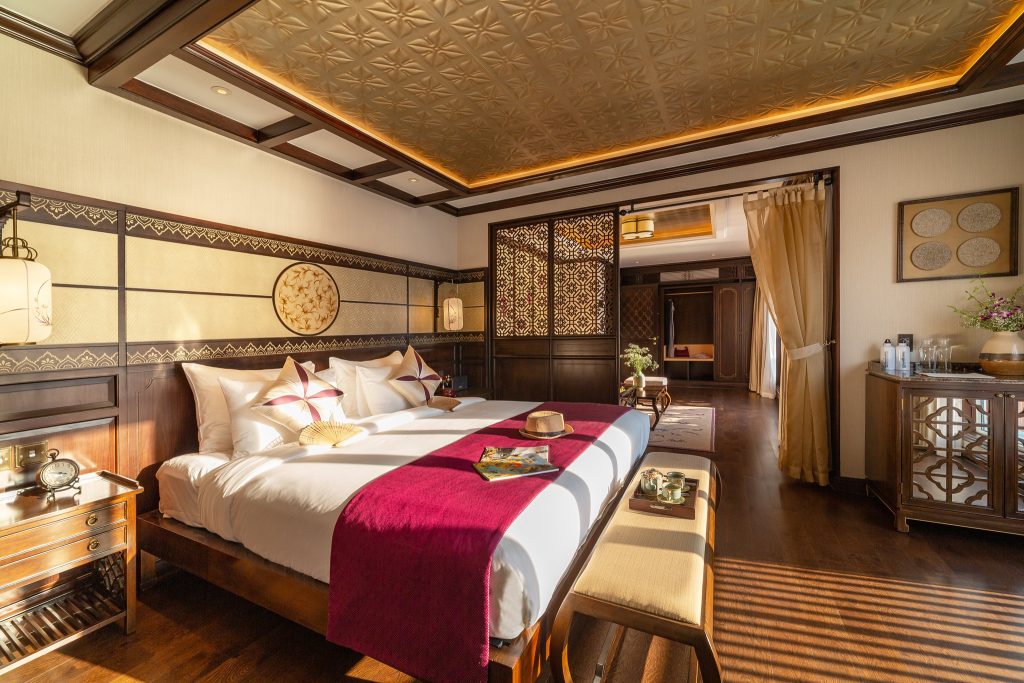
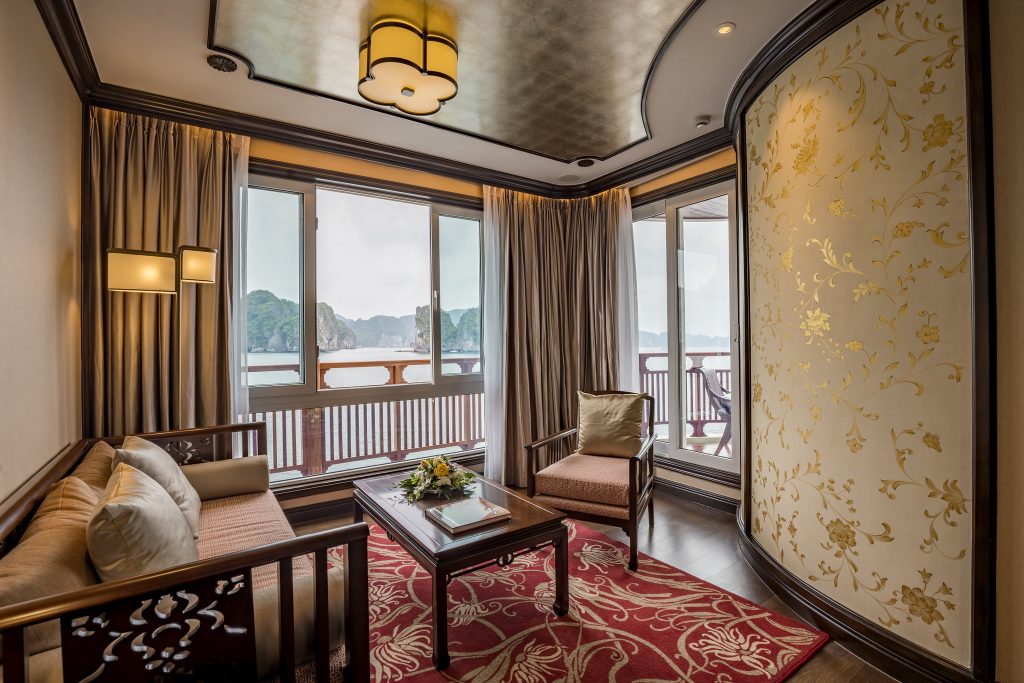
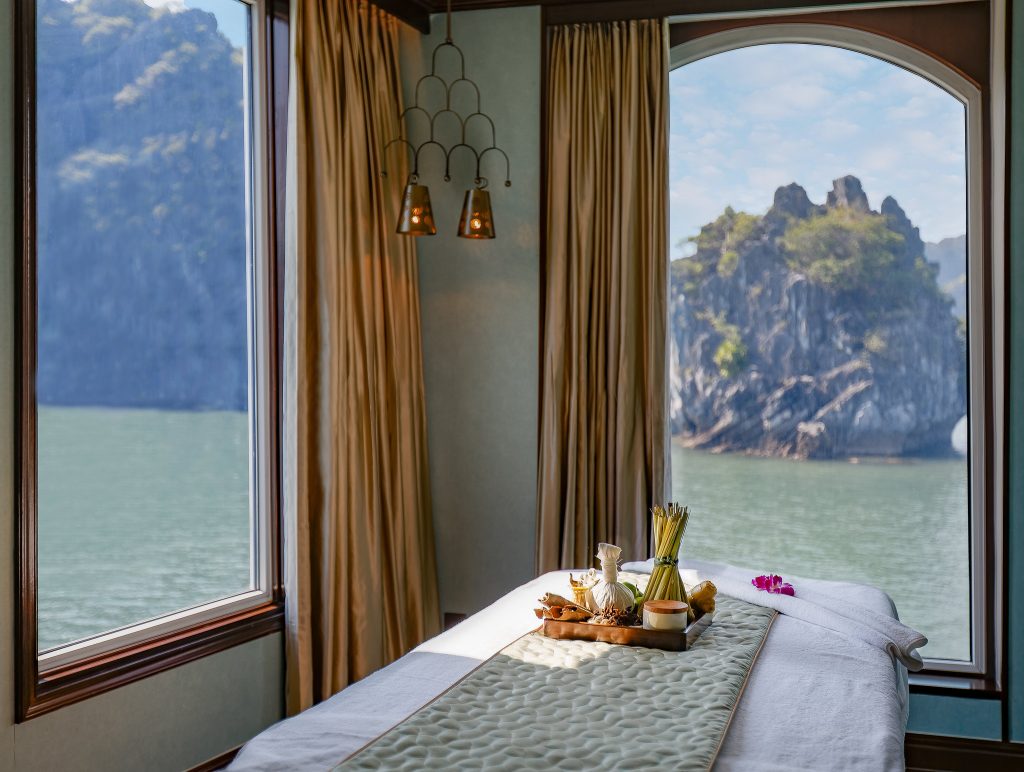
There’s a flurry of activity, as the crew of the ship scrambles to prepare the tender for a rescue operation.
‘Elephant overboard!’ the ship’s first mate repeats.
I’m cruising on the waters of Lan Ha Bay, in northern Vietnam, and my 18-month-old daughter has just thrown her plush toy elephant over the railings. My initial instinct is to write it off as lost, destined to join the other strange items of detritus that bob on these straits. But my wife, evidently more sentimental than me on the question of toys, insists we raise the alarm.
The ship halts its engines and the tender sets off. From my position on our cabin balcony, I’ve lost sight of the drifting elephant, and can’t even be sure that it’s still afloat. I watch with declining hope as the tender circles the vessel in the fading light. My daughter’s indifference to the search is almost insulting, when, all of a sudden, I see her eyes jolt wide open.
‘Elly!’ she squeals, pointing towards the water.
I look out to see a crew-member standing on the tender’s bow, holding the stuffed toy triumphantly above his head. I can see that the toy is sopping, shaggy and most probably quite smelly. But the important thing is: we have it back. The elephant, and indeed our holiday, has been saved.
Operation Elephant, as the entire ship comes to call it, is symptomatic of Heritage Line’s dedication to next-level service. There are scores of cruise companies operating on these waters, with a particularly high concentration of them on the world-famous Ha Long Bay just around the corner. This density may not be able to easily brush aside by some travellers. But it’s a bucket list destination for a reason, and if you want to do it in style, there are few ships more handsome than the Ylang, the jewel in the crown of Heritage Line’s luxury fleet designed in the traditional Indochine junk style.
There are several points in Ylang’s favour. Firstly, by cruising on Lan Ha Bay, rather than on Ha Long Bay, you’ll be spared the overcrowding that frequently now besets the better-known neighbour. Visually, they’re interchangeable. Lan Ha Bay is essentially just an extension of Ha Long, offering the same natural abundance of limestone karsts that rise from the water like shrub-covered icebergs. Both bays enjoy UNESCO World Heritage status, but only Lan Ha Bay seems like it’s taking that status seriously. Don’t get me wrong: you’ll still be surrounded by other ships. But the number of cruise companies allowed to operate here is strictly restricted, as part of a new (perhaps belated) government commitment to minimise the tourism footprint – and pollution – in the region.
Secondly, a Ylang cruise lasts longer. Most operators offer either daytrips or 1-night cruises, but when you step on board the Ylang, you’re signing up for a 3-day/2-night experience. As someone who loathes packing and unpacking a suitcase more than twice in one week, I relish this less hurried approach. Perched once again on my cabin’s balcony (are you sensing a pattern?), drinking in the shapes of the mist-shrouded karsts as they seemingly hover above the water, I can’t imagine anyone not wanting to do this for as many nights as possible. Clapping eyes on these wonders was one of the main reasons I wanted to come to Vietnam.
Thirdly, and not unimportantly, Ylang is a supremely refined ship. The suites are improbably well proportioned and eye-catchingly decorated with colonial-era detailing and objet d’arts. Floral motifs abound (Ylang itself is a type of plant and Lan Ha Bay translates loosely as “orchid from heaven”.) When my family first enters the dining room, the second thing that catches our eye (after those views) is the fine silver cutlery laid on each table. Having just come from Hanoi, where our mealtimes were spent squatting on ankle-high plastic chairs, the sight of upholstery is something of a shock. And the food itself is no less astounding. Both lunch and dinner on Ylang are a multi-course affair. It’s possibly more generous – and more formal – than anyone requires in the country where culinary bliss can be found just as easily in a steaming bowl of pho. But who’s complaining? When our cruise leader overhears my occasional mutters about over-indulgence, she very politely directs me to the myriad of wellness activities that the ship offers, such as yoga, tai chi and tea drinking ceremonies.
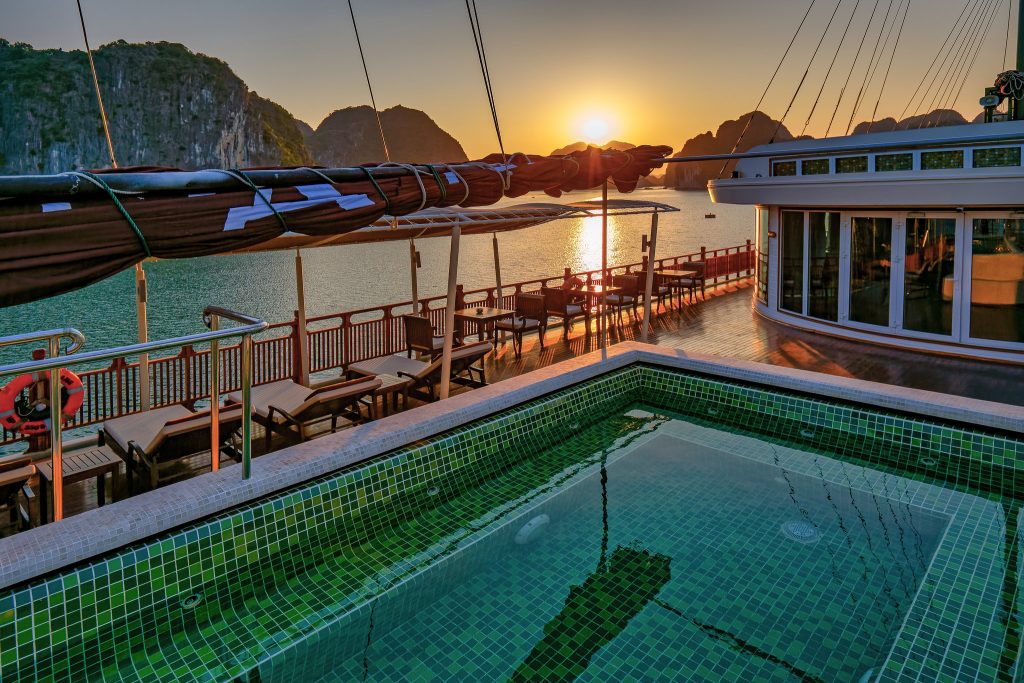
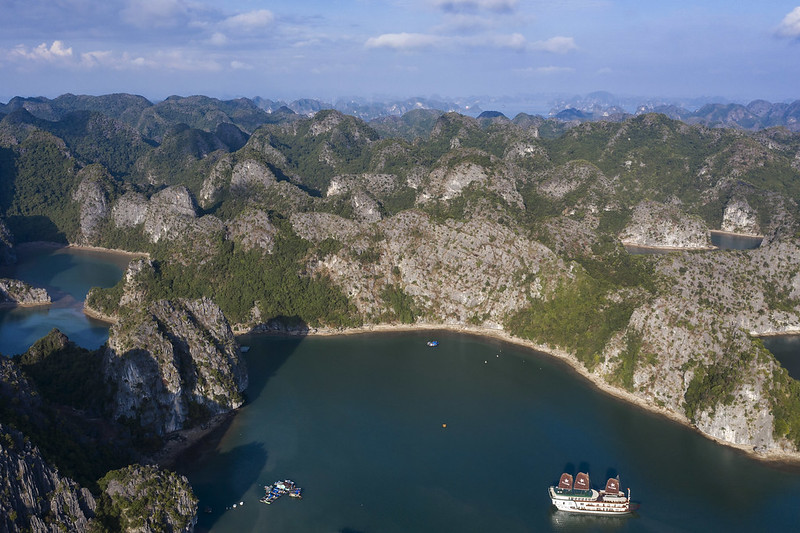
As we finish our dessert on our final night, a spectacular storm breaks out across the bay. Flashes of sheet lightning illuminate the sky, unmasking hundreds of silhouetted karsts in cinematic widescreen. This is a light show for the ages. I order myself a gin and tonic, and retire to watch the spectacle from – where else – the dress circle seats on my balcony cabin.
Fast-forward 3 months. I’m at home in my kitchen, retrieving my first batch of garlicky brioche buns from the oven. I may not have perfected the shine of the original from Amanoi, but I think the taste is close; close enough, certainly, to transport me back to that sumptuous, sunny terrace in South Central Vietnam, perched high in the hills, and high on life.
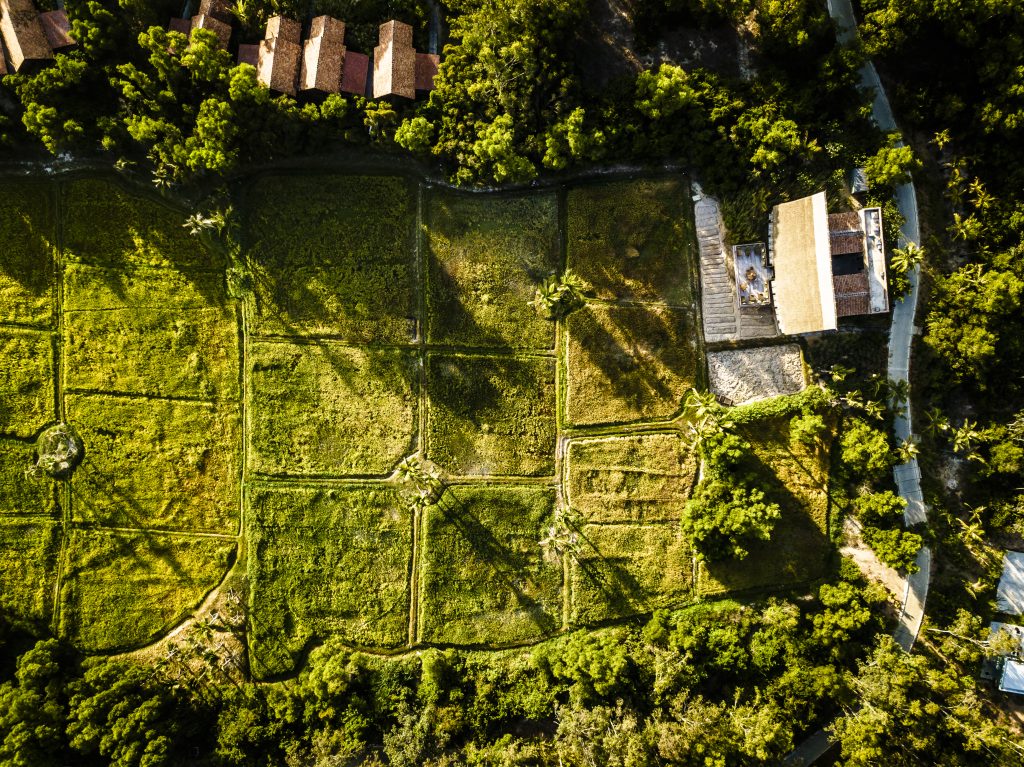
Amanoi
Vinh Hy village Vinh,
Hai commune,
Ninh Hải,
Ninh Thuận,
Vietnam
The Vietage at Danang Train Station
Thanh Khe District,
Zannier Hotels Bãi San Hô
Hòa Thạnh,
Sông Cầu,
Phú Yên,
Vietnam
Heritage Line
2/27 Quach Van Tuan,
Tan Binh District,
Ho Chi Minh City,
Vietnam









